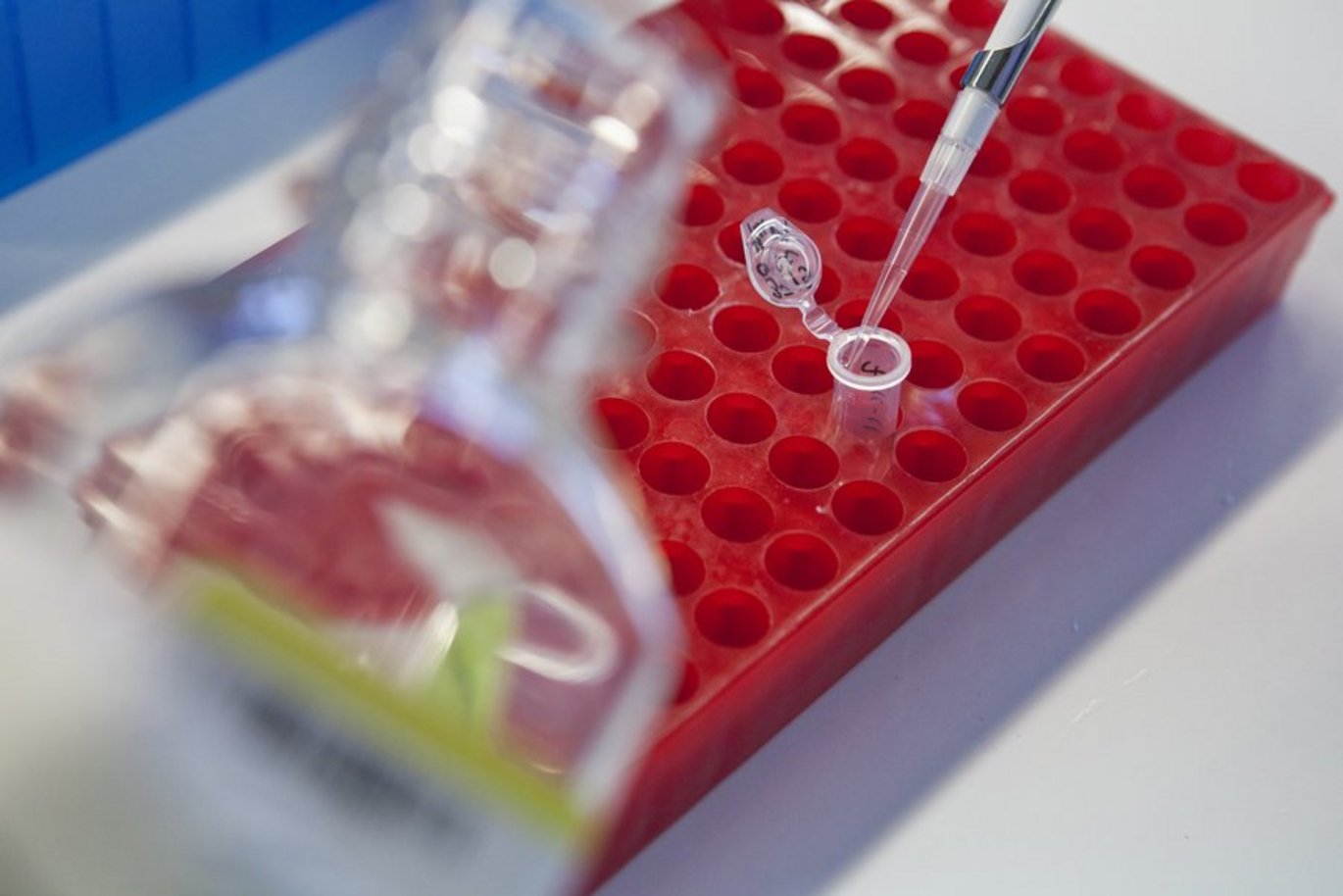Slaughter pigs to be improved by genomic selection
Genomic selection has been successfully implemented in the breeding programme for sows. Now it is turn for slaughter pigs to undergo breeding improvements.

Improvement of animal welfare and farm income as well as a reduction in nutrient losses from pig production are some of the results that can be expected from a five-year research project on genomic selection. The project has just passed its halfway stage.
Scientists at Aarhus University collaborate with the Pig Research Centre on selecting pigs that can constitute the basis for breeding improvements which should ultimately benefit the pig industry. One of the methods used is genomic selection.
The project has so far focused on sows and genomic selection has already been implemented in the breeding programme for the three pig breeds Landrace, Yorkshire, and Duroc. This is expected to increase the genetic gain in the traits under selection by about 15 to 25 percent. The scientists are now focusing on the slaughter pigs, which are a three-way cross between the three breeds.
- Genomic selection will help improve the traits in finishing pigs that are directly related to production and meat quality. There will be focus on improving meat quality through measurements of pH and boar taint in the carcass. Genetic improvements of these traits will increase the value of the carcass and result in less food wastage due to higher slaughter yield and less fat waste, explains Ole Fredslund Christensen, who is the project leader and senior scientist at Aarhus University.
The scientists will, among other things, develop methods that embody the so-called non-additive effects, such as hybrid vigour, that result in superior traits in the crossbred offspring compared with the average of the purebred offspring. If successful, genomic selection will therefore result in further benefits.
Systematic crossings of the three pig races are undertaken and genomic and phenotypic data are collected. This includes data on mortality, growth and slaughter quality – the quality being meat content, pH and boar taint. Development of models that combine the genomic and phenotypic data is the next step in the project in order to develop a number of strategies:
- We will develop strategies for the use of genomic selection which maximises the marginal genomic improvement in the breeding programmes for purebreds and for crossbreds while minimising inbreeding in the populations as well as the implementation costs. The genetic gain is evaluated both in terms of financial profit and reductions in emissions of nutrients and CO2-equivalents, says Ole Fredslund Christensen, who also discloses that the project will culminate in the practical implementation and testing of a prototype for genomic selection in pigs.
Lower piglet mortality
In addition to an expected reduction in nutrient emissions, due to an improvement in feed efficiency of 0.02 feed units per kilogram weight gained, the scientists also hope that the project will help reduce piglet mortality.
- The improvement in animal welfare is achieved through the incorporation of the maternal traits in the breeding programme, which will result in better piglet survival in the nursing period. The effect is expected to increase survivability by five percent per year. With a mortality of 12 percent, this corresponds to an annual reduction in mortality of roughly 0.6 percentage in the first years, explains Ole Fredslund Christensen.
It will take about five years for the changes in the breeding programme to be reflected in the total pig production system. The production herds will see improvements within a year after improvements are observed in the breeding herds.
Further information
Centre director Mogens Sandø Lund
Department of Molecular Biology and Genetics – Center for Quantitative Genetics and Genomics,
Aarhus University, Denmark
+45 8715 8024/+45 2075 1222 - mogens.lund@agrsci.dk
Facts:
- Project title: Development of genomic selection for a pig breeding system based on crossing (subproject 3)
- Project participants: Aarhus University, Pig Research Centre
- Financing: DKK 7.3 million from the Green Development and Demonstration Programme (GUDP)
